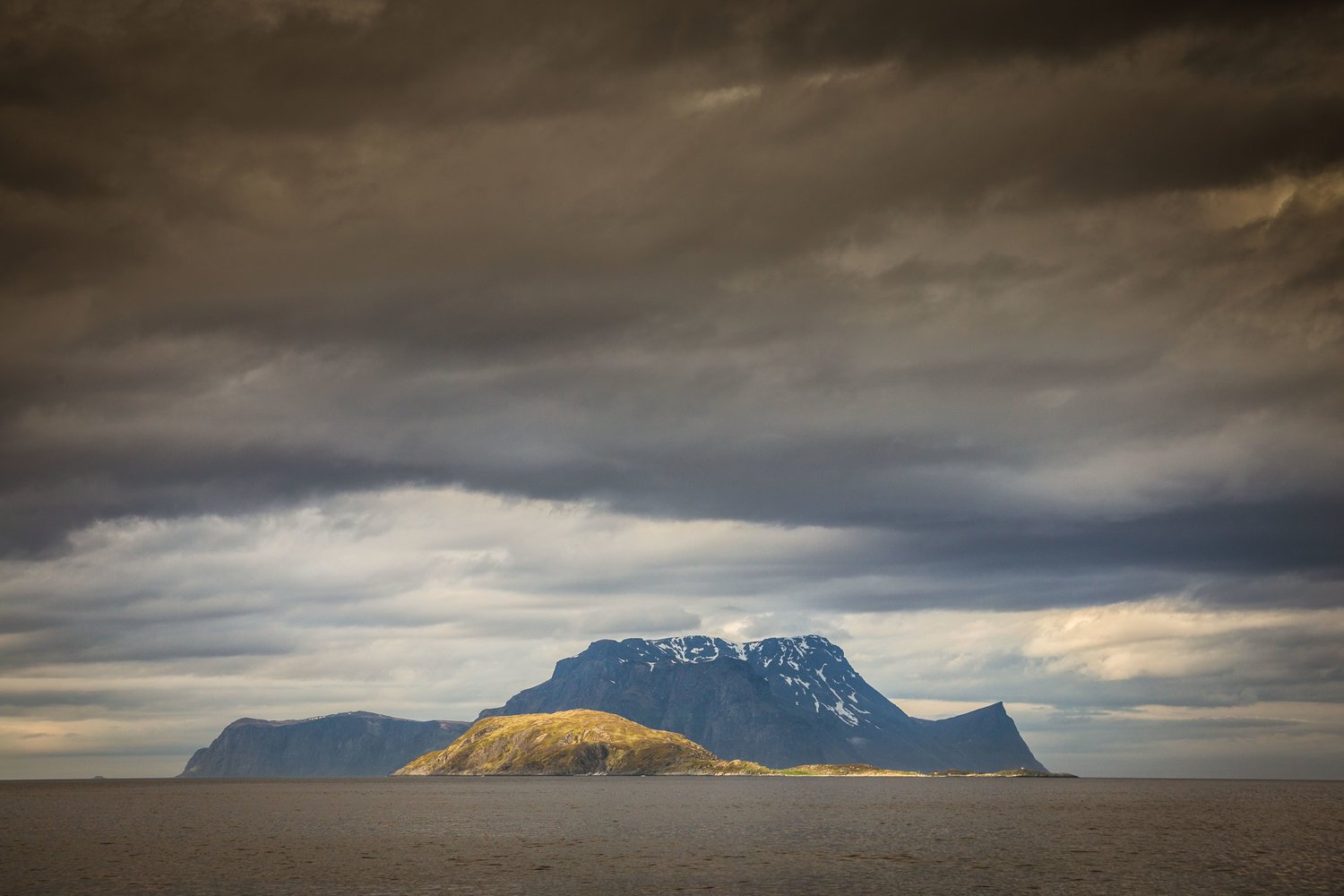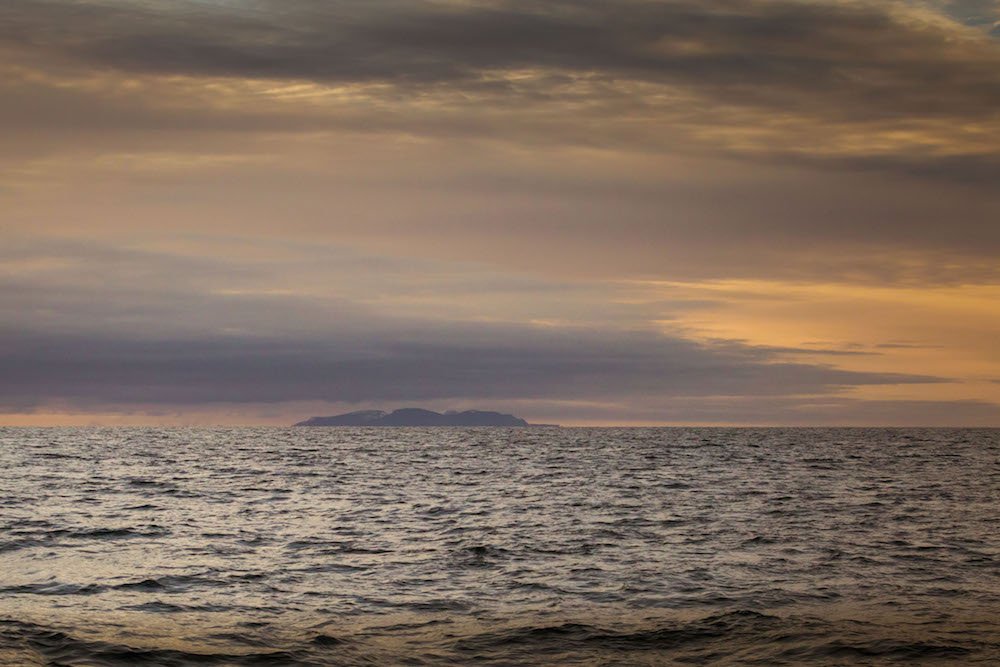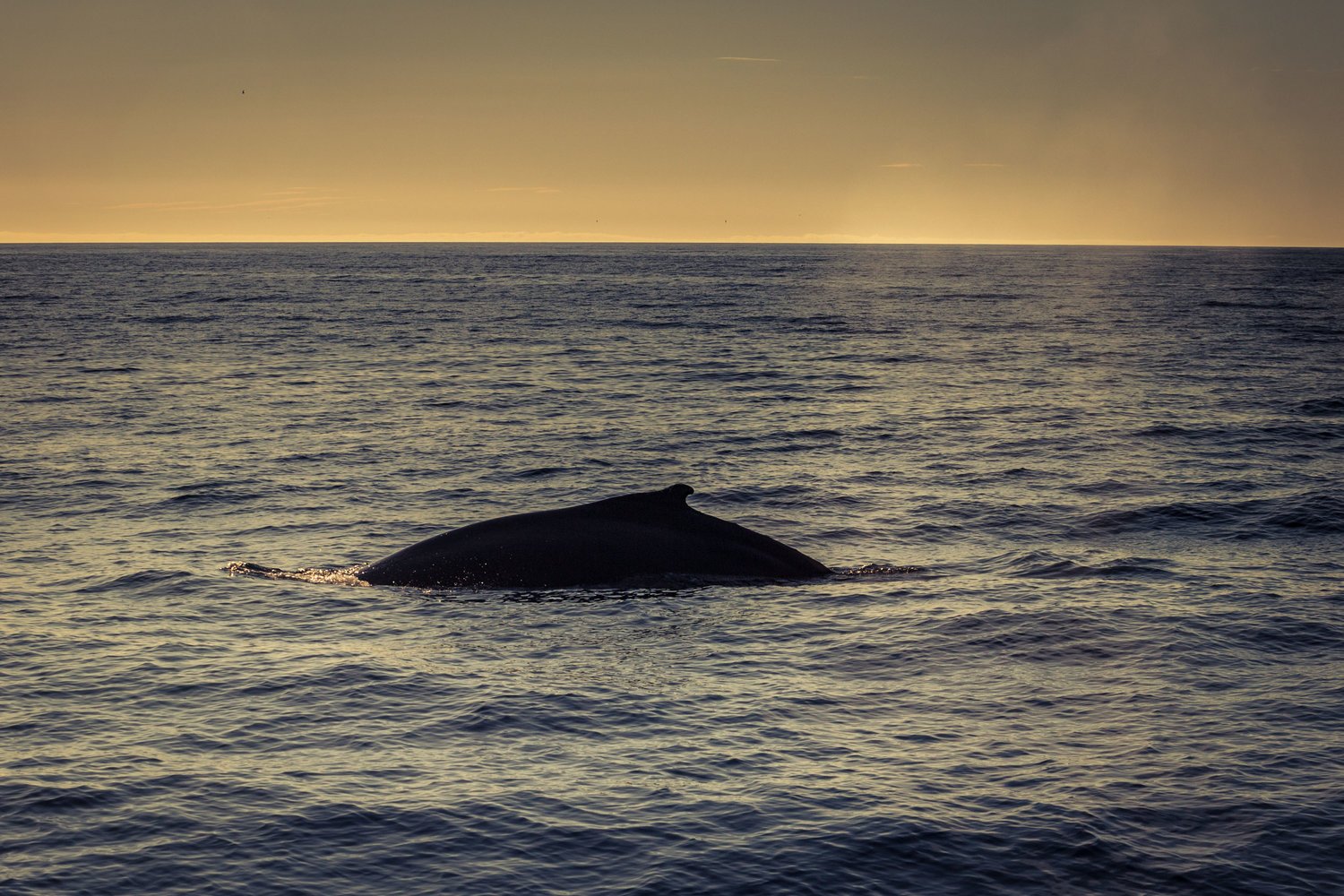Sailing to Svalbard
Step aboard as we cross the Barent’s Sea on a sailing adventure bound for Svalbard
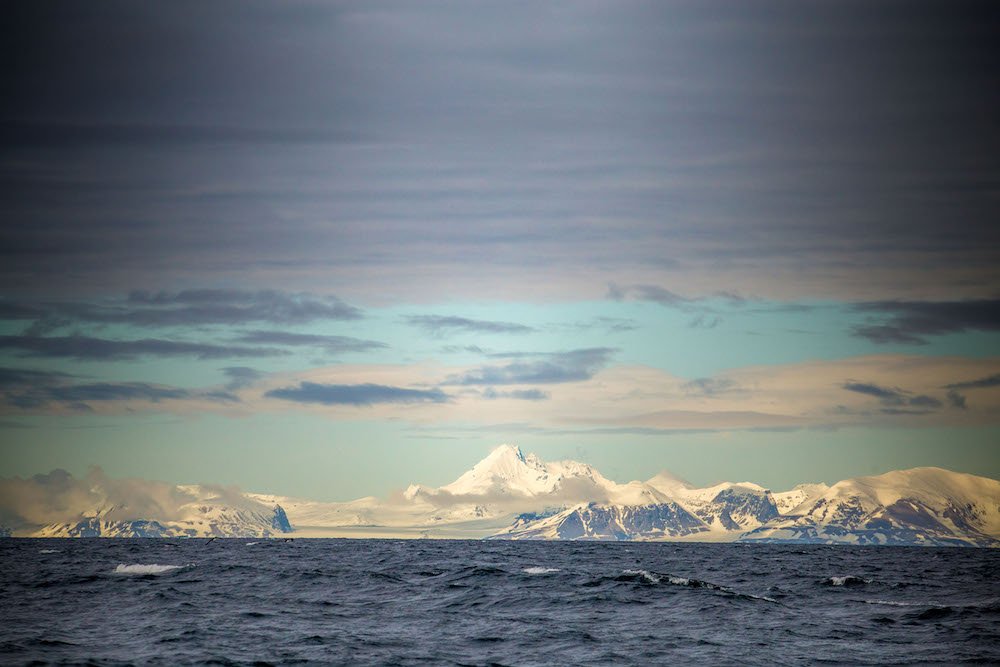
On the 6th June 2019, Narwhal weighed anchor and waved goodbye to the mainland. Sights set north across the Barent’s Sea. Over 400 miles of arctic ocean spread out in front of her bows as her sails caught the breeze, bound for Svalbard and adventure. Leaving the last piece of land, a remote rocky outcrop on Norway’s northern most tip in our wake felt somehow like releasing my grip on the world. As though we were about to float free into the vastness of the universe. For four days and nights Narwhal forged her way north. Time lost all meaning as we were shallowed up by the land of the midnight sun. One of the ever present constants in life, the sun rising in the east and setting in the west was replaces by a sun rolling in 24 hours circles overhead. The days, or they may have been nights, brought an insidious seeping of cold. The wind borne from the high latitudes that we were so intent on exploring was reaching it’s icy embrace out to draw us in, setting alight in our minds the excitement that this mythical land over the horizon was going to be some set far apart from our previous experiences of wild and remote.
At the halfway point on the passage to Svalbard Bjornoya or ‘Bear island’ slipped past Narwhal’s starboard side. One of the most remote of inhabited arctic outcrops it is home to a few hardy souls manning the weather observatory and radio station.
Being out of sight of land, with nothing but ocean stretching in either direction strips me of the distractions of the everyday world, allowing time to focus much more acutely on the present. Tuning into the sounds and movements of the ocean. Initially the vast expanse appears featureless and devoid of life but a shift in attention reveals an infinite diversity in shapes and forms amongst the seemingly endless waves. The ocean’s surface can be deceptive at hiding the wealth of life that it contains. I often feel that if water was as clear as air and we could look into it and see the seething abundance of life it contains we would feel differently about how modern civilisation is treating the ocean. Rather than being devoid we were surrounded by wildlife. One of my favourite sea birds is the fulmar, a relation of the albatross it is in a family called ‘tube noses’ which means that it is able to excrete salt through it’s nose, making it perfectly adapted to a life wandering the salty ocean swells. I have heard people on land describe their love for these birds and how their ocean travelling ways are a reminder to us all to look over our own horizons. The seem attracted to the boat and appear to play around the rigging, riding the air currents as they are accelerated over Narwhal’s sails before skipping of to glide effortlessly over the waves, one wing tip a hair’s breadth from slicing the surface. I feel privileged to have them as our constant companions as we reach across our horizon.
There was wildlife beneath our keel too. From the harbour seal who seemed to appear o wave us off as we left the dock, which I took as a good omen for the abundance of wildlife that we would encounter, to the pod of beluga whales who provided the most magical greeting possible on our arrival in Hornsund. Atlantic white beaked dolphins kept us company on the crossing of the Barent’s Sea. A Sei whale slipped silently through the water as the ocean shone gold around it in the low slung sunlight.
The miles continued to bubble under Narwhal’s bow until there was no denying that the smudge of darker cloud that we had been looking at on the horizon was the southern tip of Spitzbergen. The ice chart that we had downloaded on route showed that there was likely to be some ice in this area, being pushed round from east of the island by the current. Lookouts were posted and it wasn’t long before someone was able to do bit of excited film quoting and announce ‘Iceberg, dead ahead’. Watching a block of ice the size and weight of Narwhal, bobbing in the frigid seas sometimes visible, sometimes hidden by the swell was pretty humbling. It was intensely grateful for the 24hr daylight and the fact that we wouldn’t have to worry about meeting one unannounced in the dark. As well as the impressive but slightly scary icebergs there were other entirely more welcome and completely un-scary signs heralding our approach to land, puffins. Puffins with their colourful beaks and charismatic attitude never fail to fill me with joy. Seeing their tiny bodies bobbing on the icy water gives me an additional respect for these apparently easy going birds which are in fact capable of surviving the harshness of the elements that I was finding challenging even with the shelter and safety of Narwhal. It wasn’t all about the puffins though, guillemots, arctic and long tailed skuas all joined in with the welcoming party. There was one sea bird that I was really hoping to see. Only inhabiting the far north and with their ‘Great’ relative now extinct due to hunting I had my eyes peeled for a Little Auk. I didn’t have to wait long as to my delight, one, then two, then a small flock of little chick-sized balls of black and white provided Narwhal with a fly-by. Svalbard I love you already!
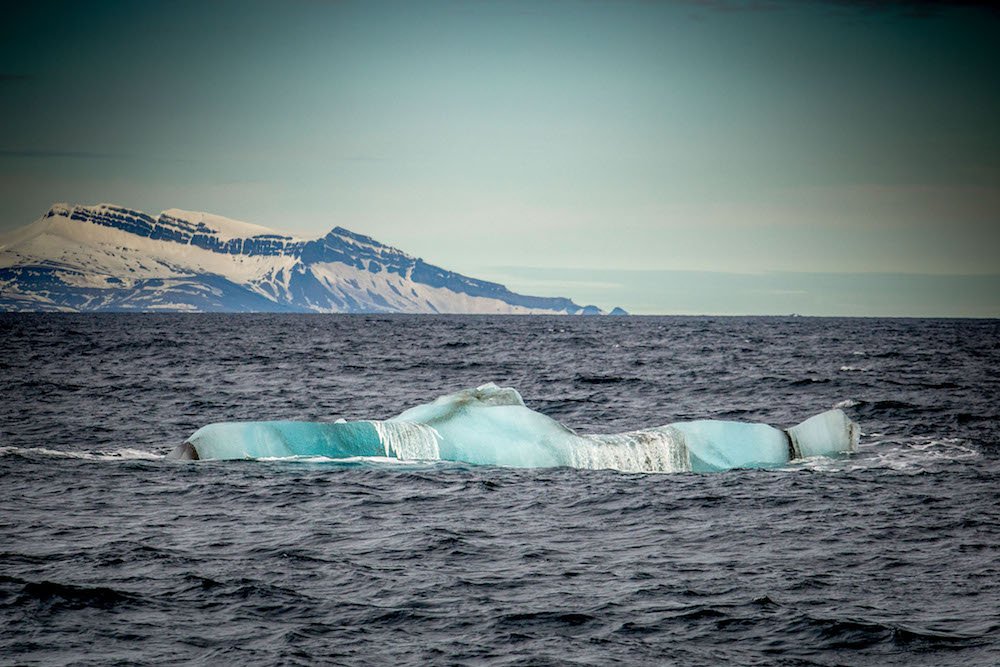
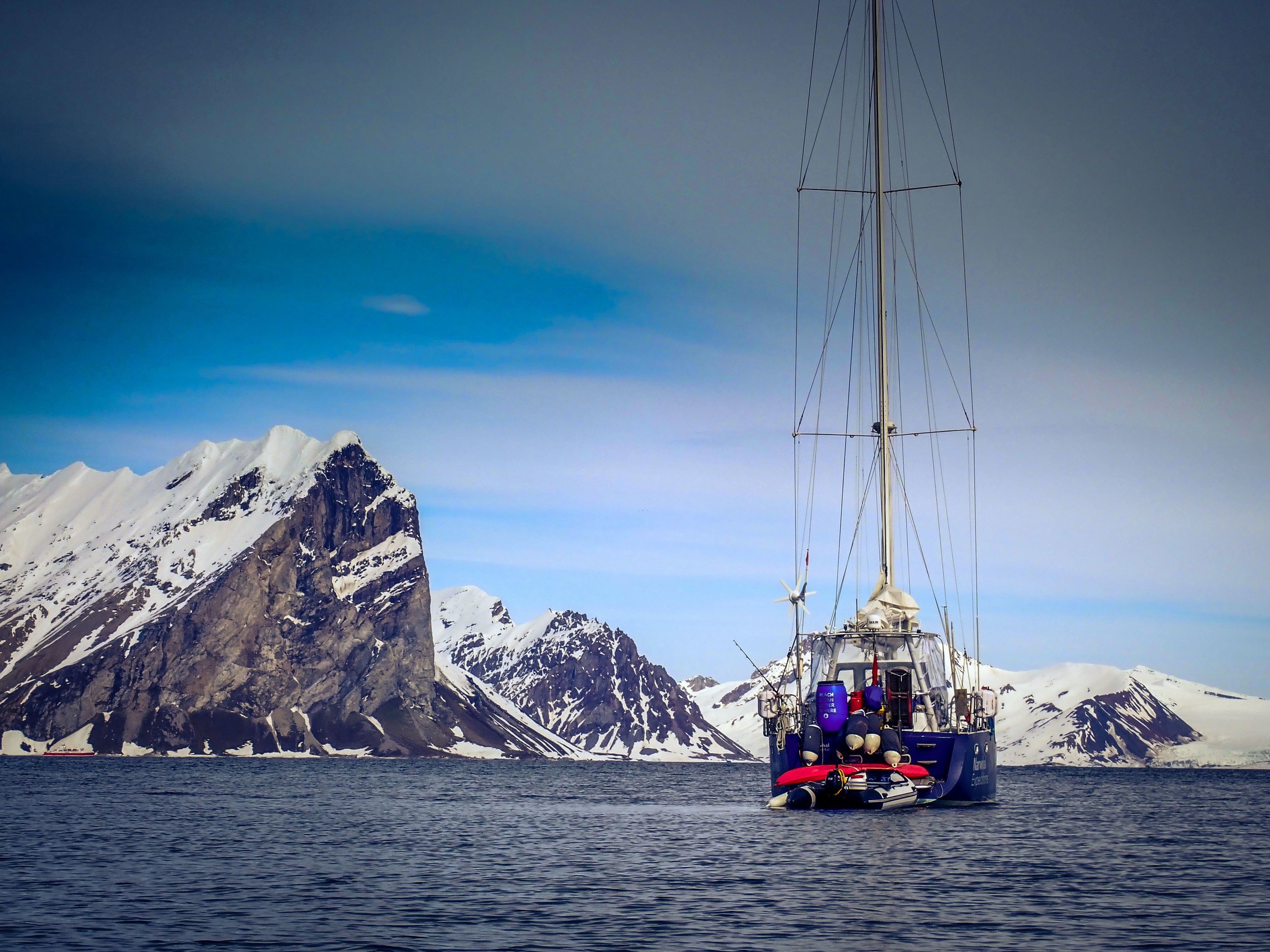
After making landfall we continued up the coast to the most southerly of the fjords, Hornsund. Entering the fjord, surrounded entirely by snow capped mountains and glaciers was an unreal experience. One that is hard to describe but can be felt in the pit of your stomach. It felt extra special to have arrived in this wilderness under our own initiative, with no other humans beings in sight it really felt as if it was our wilderness. We dropped anchor and despite hearing my bed summoning me I couldn’t resist spending just a little longer on deck to soak up the scenery and sera the experience into my mind. Having not had a sleep of longer than 3hrs throughout the passage the calling of bed won and I reasoned with myself that waking up in this amazing place would be a whole new wonderful experience. As Narwhal gently rocked me to sleep I couldn’t have imagined what I would wake up to. All sailors will tell you how attuned they get to the sounds and movements of their boat, how even the smallest changes let them tune in to something on the boat that might be a bit out of kilter and in need of attention. Around 5am I was pulled from my slumber by one such strange noise. I couldn’t place it, it wasn’t like any of the vast array of noises that Narwhal produces, it had a different eerie quality. It had woken Eric too and we looked at each other both with matching puzzled expressions. At exactly the same moment, both of our faces turned to wonder. Without a word being spoken we both new without a doubt what the source of the sound was. Acting as if with one mind we grabbed our survival suits and raced on deck as quickly and quietly as we could. We were right, what we had been woken by was beluga whale song reverberating through Narwhal’s metal hull. We watched in silent awe and joy as the pod moved past us and into the fjord. The low sun painted the scene in pastels and illuminated the breath from their blows as it hung in the cold air, making each breath looking like a burst of gold. This was one of the most profound wildlife encounters I have experienced and I think I knew even as I was held in the joy of the moment that in some way what I was to do with my energies had to be towards protecting the ocean. This journey of 500nm, not far in the scheme of ocean passages hod brought me not just to a totally new environment but charted a new direction for the course of my life.



